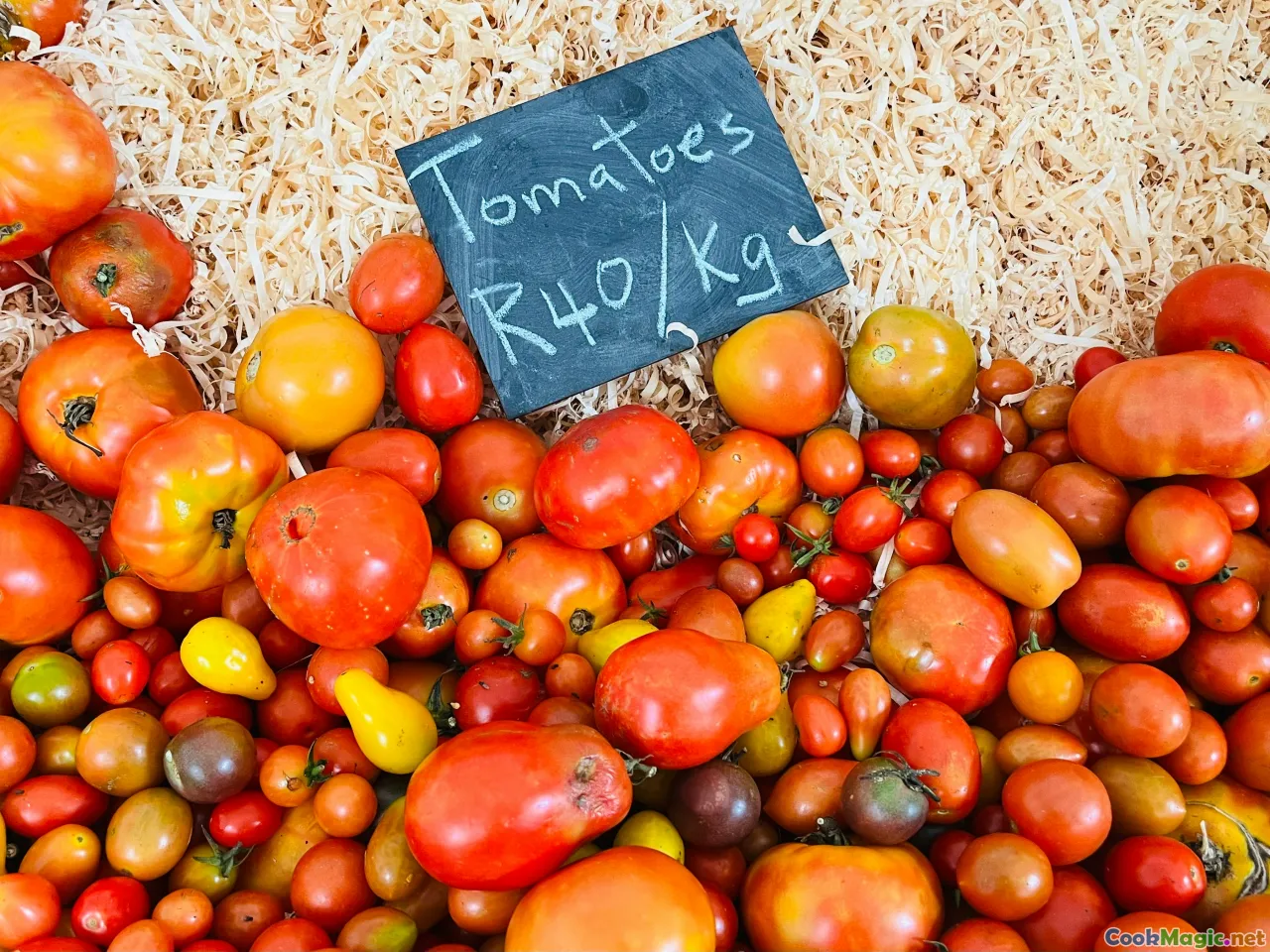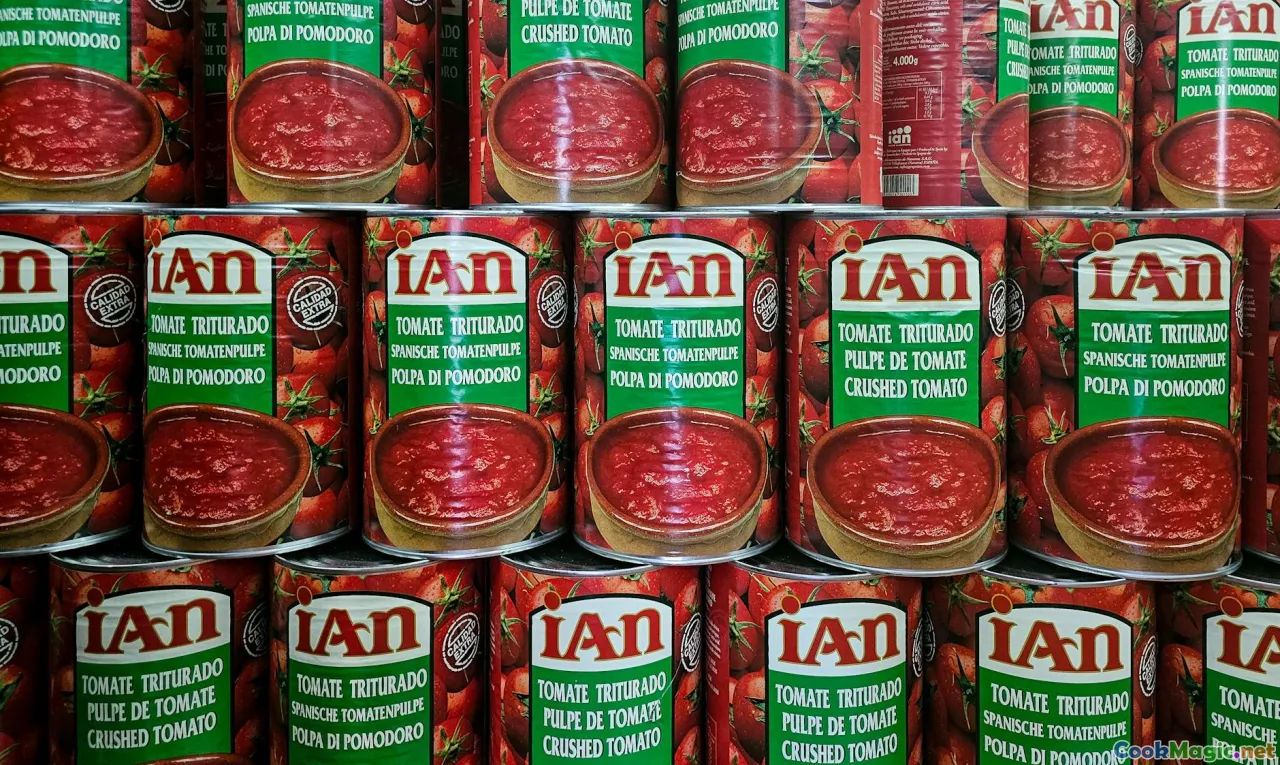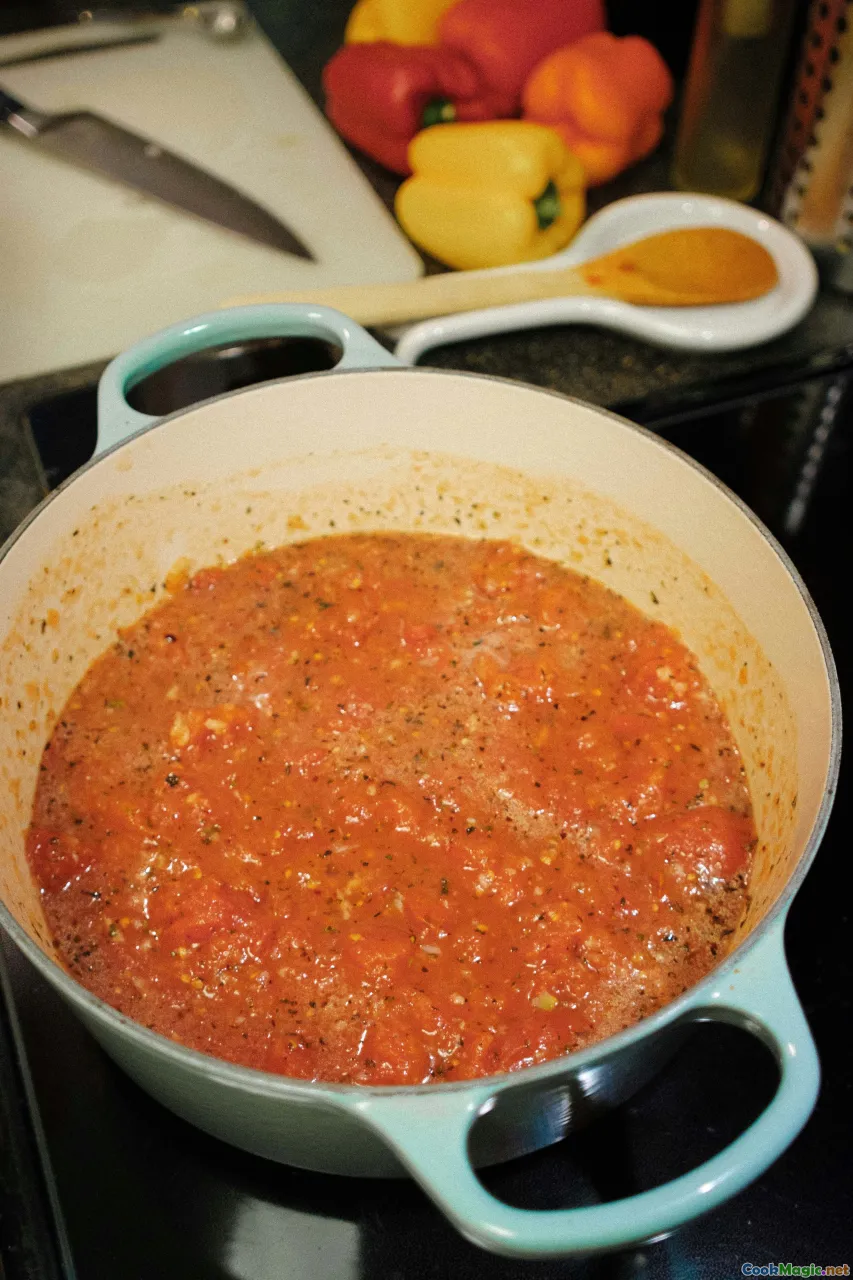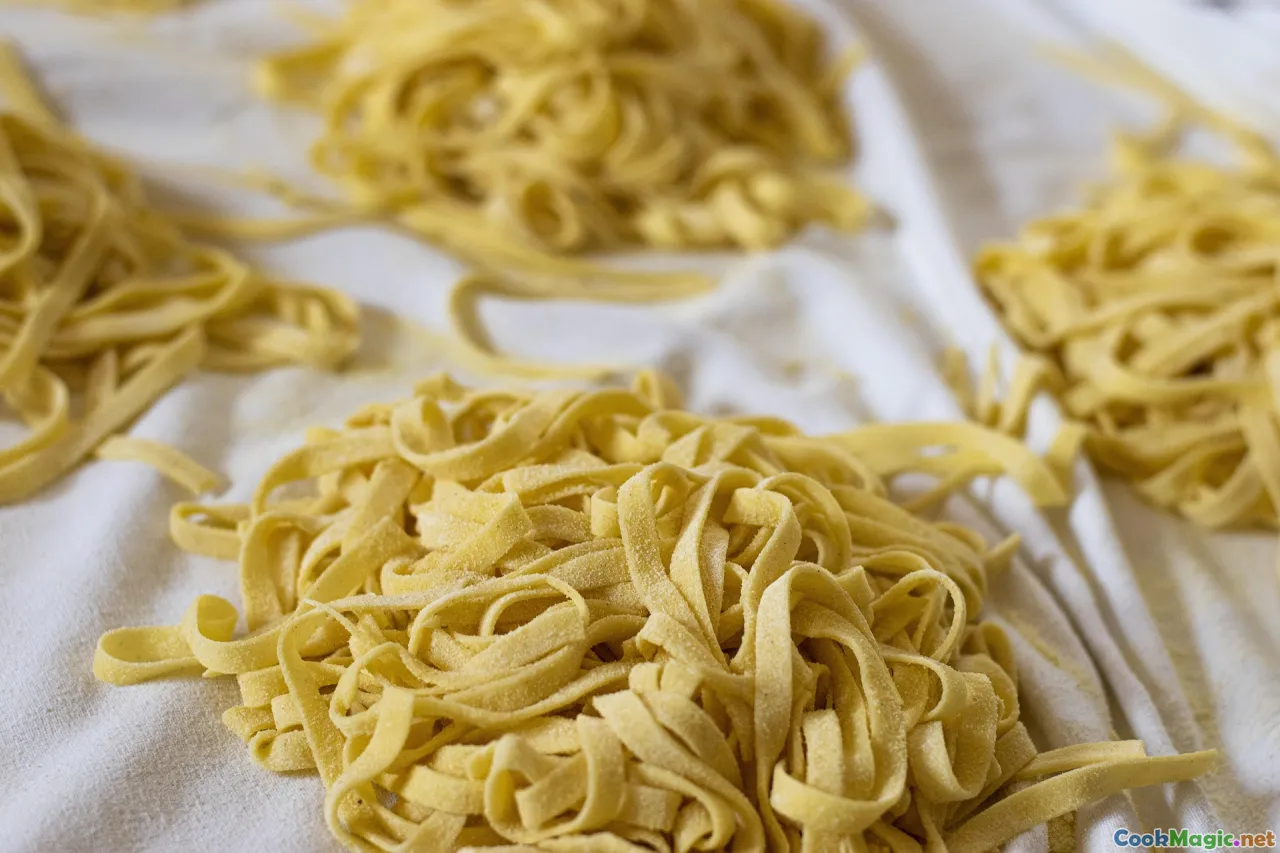Which Canned Tomatoes Make the Best Pizza Sauce
14 min read Discover the best canned tomatoes for achieving rich, flavorful pizza sauces in this insightful ingredient review. July 12, 2025 12:05
The Heart of Every Great Pizza: Choosing the Right Canned Tomatoes

There’s something inherently nostalgic and evocative about the scent of simmering tomato sauce wafting through a kitchen. For many pizza aficionados, crafting a sauce that singes the taste buds and complements the dough’s chewy resilience is both an art and a science. The foundation of a spectacular pizza begins with the tomatoes — but not just any will do. Selecting the best canned tomatoes is akin to choosing the canvas for a master artist. They must balance sweetness with acidity, possess a smooth yet rustic texture, and bear a deep, vibrant hue that hints at their robust flavor. As culinary explorers, our quest is to find those special cans that elevate homemade pizza to a beloved tradition or professional-grade artistry.
From the sun-kissed fields of Italy to the fields of California, canned tomatoes carry stories of seasons, soil, and meticulous harvests. Today, we delve into the world of canned tomatoes—comparing varieties, unraveling their nuances, and sharing insights to help you craft the ultimate pizza sauce.
Understanding the Types of Canned Tomatoes

Before choosing, it’s vital to understand the different forms canned tomatoes come in. Each type offers a unique texture and flavor profile, which can dramatically influence your sauce’s consistency and taste.
Whole Peeled Tomatoes
Whole peeled tomatoes are often considered the gold standard for pizza sauce. These are typically a variety known as 'Roma' or 'San Marzano,' harvested and canned at peak ripeness. The whole form preserves their juice and flesh, allowing for gentle crushing or blending during preparation, which results in a rustic, slightly chunky sauce—ideal for those who prefer a more textured bite.
Diced and Crushed Tomatoes
Diced tomatoes are pre-cut into small chunks, offering convenience at the cost of control. They lend a more consistent texture but may introduce added liquid, requiring reduction during cooking. Crushed tomatoes are processed further, often with some seeds removed, giving you a smoother consistency without sacrificing the depth of flavor.
Tomato Puree and Pastes
For a more velvety sauce, some prefer canned tomato puree or paste. While thicker and more concentrated, they require balancing with liquid and seasoning to prevent overwhelming sweetness or bitterness.
The Sacredness of San Marzano: Myth or Marvel?

If there is a celebrity among canned tomatoes, it’s the San Marzano. Grown in the Campania region of Italy, San Marzano tomatoes boast an elongated shape, vibrant red skin, and remarkably sweet, low-acid flavor. Legend has it that they possess a unique sugar-acid balance, making them the ideal candidate for authentic Neapolitan-style pizza.
But are all San Marzanos created equal? The answer lies in purity and provenance. Authentic DOP (Denomination of Protected Origin) San Marzanos are cultivated in specific soil and climate conditions, with strict standards maintained across farms. Imported canned San Marzanos labeled ‘DOP’ carry that certification, ensuring quality and authenticity.
Personal anecdote: I once sourced a can labeled DOP from a small family farm in Naples. The intensity of sweetness, the depth of umami, and that unmistakable aroma turned my homemade mozzarella pie into a true celebration of Italy. Mislabeling and mass production have muddied the waters, so always seek verified labels for peak authenticity.
Canned Tomatoes Around the World: Regional Secrets

While Italians may seem to have a monopoly on canned tomatoes ideal for pizza sauce, other regions have their secrets.
California and the U.S.
California leads in canned tomato production, especially varieties like Roma, often grown with irrigation and advanced agricultural practices. When selecting American canned tomatoes, look for brands that mention sun-ripened, vine-ripened, or simply ‘grown in California’ for the sweetest, most authentic flavor.
Spain and France
Spanish canned tomatoes, such as ‘Tomates Pelados’ (peeled tomatoes), often boast a slightly earthier, more aromatic profile, reflective of their terroir. French brands sometimes feature peeled ‘Tomates Coeur de Pigeon’—baby cintra—characterized by their sweetness and delicate flesh.
Italy
Italian brands focus heavily on simplicity, with many only adding salt and occasionally a pinch of basil or oregano.
What Makes a Canned Tomato Perfect for Pizza Sauce?

When crafting sauce, the tomatoes’ characteristics are crucial:
- Flavor: Sweetness balanced with acidity to imitate fresh vine-ripened flavor.
- Texture: Smooth enough to spread easily, with enough body for a rustic bite.
- Aroma: Enriching, fresh tomato aroma that forms the backbone of the complex flavor profile.
- Color: Deep red, indicating concentration and maturity.
The Role of Processing
Canned tomatoes are typically preserved at peak ripeness, but processing methods differ. Hand-harvesting and minimal processing preserve more of the original flavor, while canning with additional puree or cooking can deepen sweetness but potentially dull bright notes.
Multiple Brands, One Goal: Finding Your Best Canned Tomatoes

Let me share some of my favorite brands and what makes them stand out:
San Marzano Litezzo
A consistent DOP-certified option, Litezzo brings the authentic sweet, low-acid flavor with a rich texture that’s ideal for a pure, vibrant sauce.
Mutti
An Italian-centric brand, Mutti is prized for its ‘Pomodoro’ line—whole peeled and crushed tomatoes that deliver a burst of flavor and natural sweetness, thanks to their carefully monitored harvests.
La Valle
Offering premium peeled tomatoes, La Valle emphasizes minimal processing and natural freshness, maintaining the integrity of the tomato’s flavor.
Muir Glen
A California-based organic brand that offers high-quality, vine-ripened canned tomatoes with bright flavor, making them a wholesome choice for health-conscious cooks.
When to Use Whole, Crushed, or Puréed Canned Tomatoes?

- Whole peeled tomatoes: For rustic sauces, where crushing or chopping contributes to texture.
- Diced or crushed: For a quick, evenly textured sauce that spreads easily.
- Pureed or paste: When you desire a velvety, smooth sauce with intense tomato flavor.
A tip: drain excess liquid if needed, especially when using diced or crushed cans, to prevent thinning your sauce too much.
Tips for Making the Perfect Pizza Sauce with Canned Tomatoes

- Choose tomatoes carefully: Opt for whole peeled San Marzano or high-quality crushed tomatoes.
- Season thoughtfully: Include fresh garlic, good quality olive oil, sea salt, a pinch of sugar, and fresh herbs like basil or oregano.
- Simmer gently: Long, slow simmering enriches flavor, allowing acidity to mellow and sugars to develop.
- Blend to desired consistency: Use an immersion blender for a semi-chunky sauce, or blend until smooth.
- Taste and adjust: Balance acidity with a touch of sugar if needed, and set aside to allow flavors to meld.
Personal Insights: Emotional and Cultural Connections

In my culinary journey, I’ve come to appreciate that the choice of canned tomatoes isn’t just a technical step; it’s a heartfelt link to tradition and terroir. Making pizza in Naples, the birthplace of the Margherita, involves a meticulous selection of the best local ingredients—especially tomatoes—which reflect centuries of rustic farming and culinary artistry.
For many, blending the right tomatoes with fresh mozzarella, basil, and a perfectly baked crust is an act of love that transcends mere sustenance. It’s a gesture of cultural pride, a connection to family recipes passed down through generations, and a celebration of regional flavors.
Picture yourself in a rustic Italian pizzeria, the open flame igniting a wood-fired oven, and the chef expertly sprinkling fresh basil onto a hot, bubbling pizza. Here, the canned tomatoes used are not just ingredients—they’re storytellers.
Final Thoughts: Elevating Your Pizza with the Right Tomatoes

Selecting the best canned tomatoes for your pizza sauce is an art that combines understanding, intuition, and a touch of culinary curiosity. Whether you lean toward the sweet, low-acid profile of authentic San Marzano or prefer the vibrant, organic richness of California’s Muir Glen, the key lies in balancing flavor and texture.
Remember, great pizza starts with great ingredients, and sometimes, that single can of tomatoes can transform a simple dough into a memorable culinary masterpiece. Be bold, experiment with different brands and types, and let each sauce simmer be an homage to tradition and your personal taste.
In the end, making sauce with canned tomatoes is more than a kitchen task; it’s participating in a global, ancient story—one spoonful at a time. So, lift that bowl of simmering sauce, take a deep breath of its fragrant aroma, and celebrate the savory journey that leads to the perfect slice.









